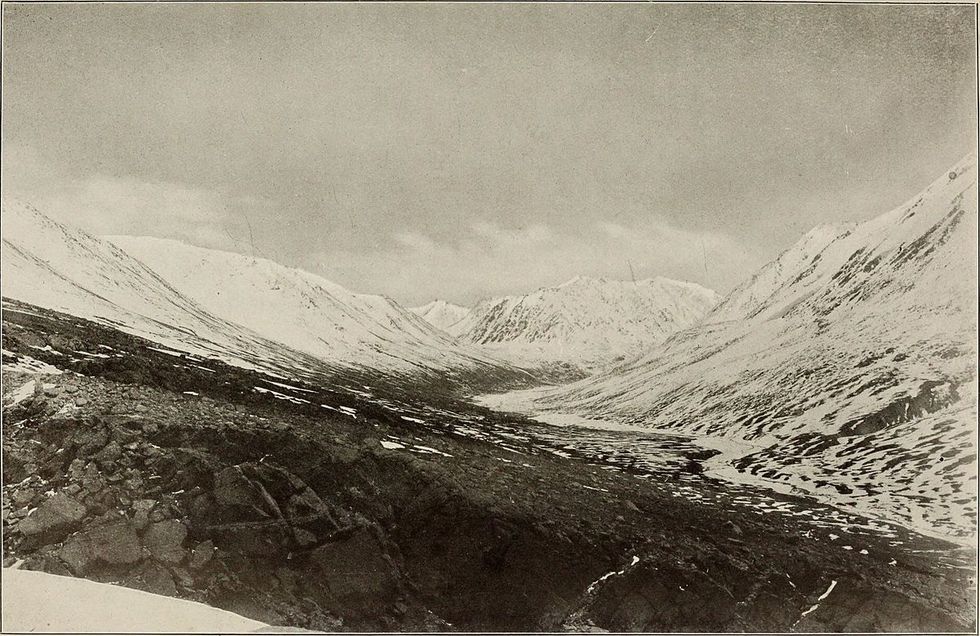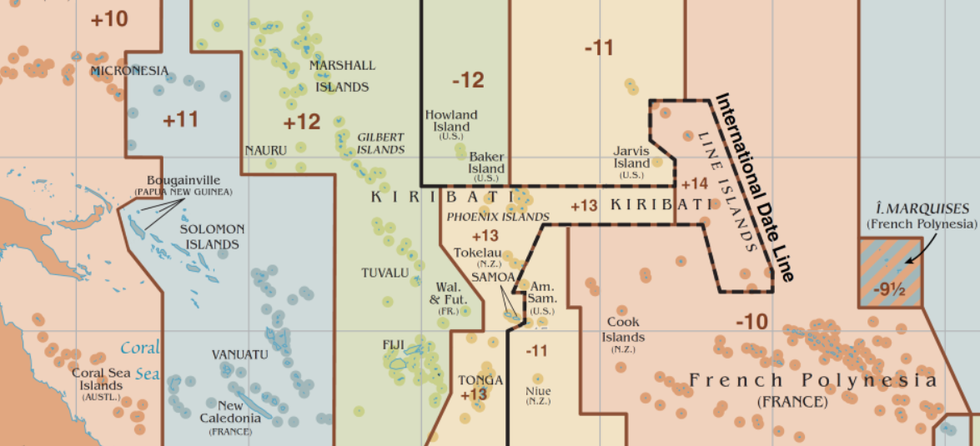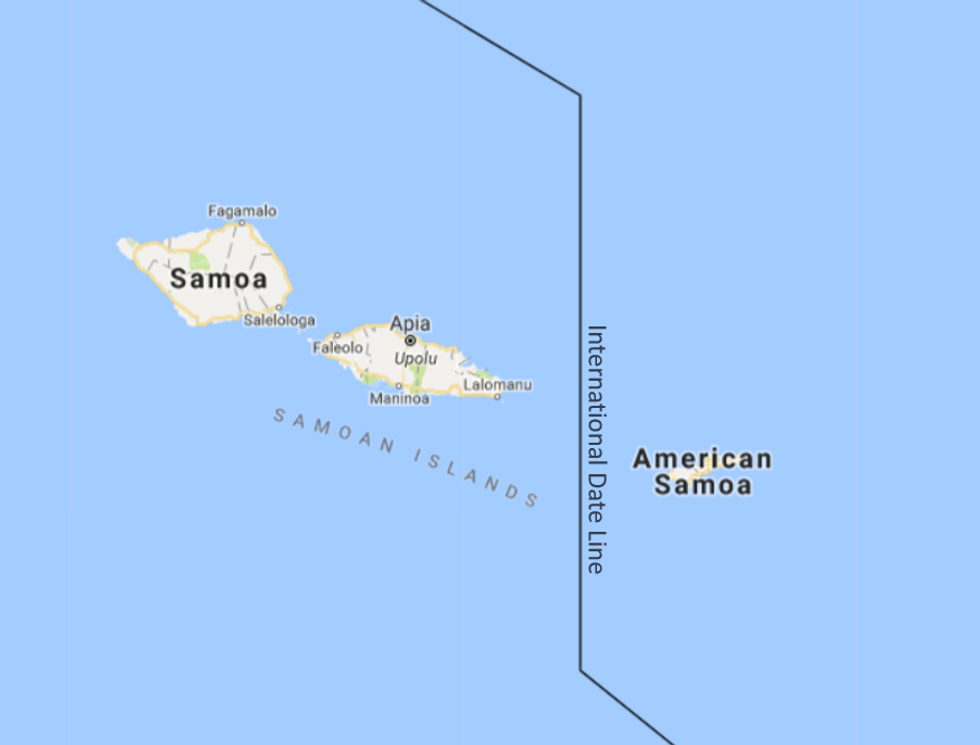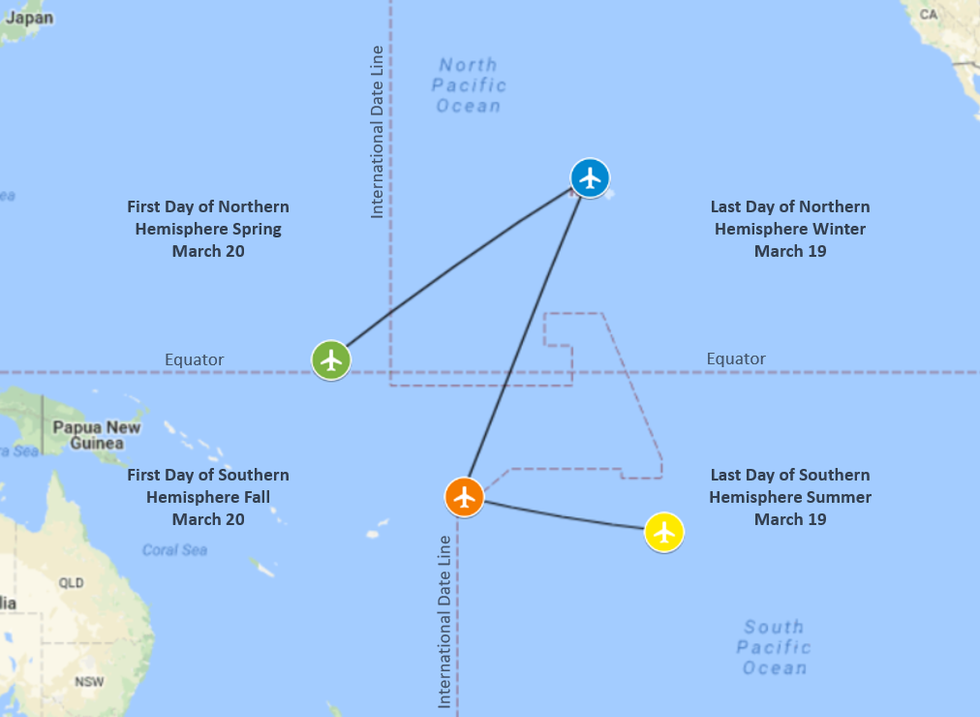Time zones may seem bizarre, but they are a necessity. They make it so that people in similar geographic areas can all reference the same clock. Without everyone agreeing on what time it is in a given area, it would be difficult to get anything done. In an ideal world, time zones would be separated by straight, north-south lines every 15 degrees of longitude. However, in practice, it is more practical to draw the divides along country and state borders, so everyone within a country can be on the same system. The current system works pretty well, but it has resulted in some strange situations.
1. Babies born at the same time in different years
If a woman gives birth to a baby in Boston at the same instant as a woman gives birth in London, you would think that the two children would have the same birthday. However, this isn't always the case. If the English woman gives birth at 3 am on January 1st, then it would be 10 pm on December 3rd in Boston. Not only would these children born at the same time have different birthdays, but they would also be born in different years!2. Traveling three and a half hours in time with one step
The largest jump in time due to irregularly drawn time zones occurs across the Afghanistan-China border. If you were to cross the border, you would jump 3 and a half hours backward or forwards in time! This is partly due to all of China having one time zone, despite its large size. It also partly has to do with the Wakhan Corridor, a thin strip of Afghanistan that extends eastward between Pakistan and Tajikistan to form the country's thin border with China. Unlike much of the rest of Afghanistan, the Wakhan area is safe to travel. You can cross from Tajikistan to the Afghani town of Eshkashem, from where you can drive to Sarhad, then hike several days to the Wakhjir Pass, the border with China.
3. A city split between two different times
Most often, time zone borders pass through uninhabited areas. However, in a few cases, there are metropolitan areas split by a time zone line. One of the best examples
4. There are 26 hours in a global day
The International Date Line is a line through the Pacific Ocean that separates the earliest time zones from the latest time zones. The latest time zone is UTC-12, which is 1 hour behind Hawaii and 12 hours behind the United Kingdom. The earliest time zone is UTC+15, which is 15 hours ahead of the United Kingdom, and 26 hours ahead of UTC-12. This means that New Years in the Line Islands of eastern Kiribati (UTC+14) happens a full 26 hours before new years on Howland Island (UTC-12). This strange occurrence happens because the island chain that makes up the country of Kiribati is about 2800 miles wide, and was on either side of the International Date Line. Kiribati's disliked having their country experiencing two different dates at the same time, so they had the International Date Line bent east around them.
5. Experiencing the same calendar day twice
The islands of the Samoan archipelago are split politically between the country of Samoa and the US territory of American Samoa. The distance between the two is less than 45 miles. The entire group of islands used to be in the UTC-11 time zone, but at the end of 2011, the government of the country of Samoa decided to switch to the other side of the International Date Line to make commerce easier with Austalia and its neighbors. Now it is in the UTC+13 time zone (24 hours ahead of American Samoa), and for half the year in the UTC+14 time zone (25 hours ahead of American Samoa) because it follows Daylight Savings Time. All this adds up to the fact that you can experience 24 hours of a calendar day in Apia, Samoa, then fly 35 minutes to Pago Pago, American Samoa, and relive the exact same day. Say you want to repeat Christmas twice. If you leave Apia at 12:15 a.m. on December 26th, you will arrive in Pago Pago at 11:50 p.m. on December 24th!
6. Experiencing all 4 seasons within 24 hours
While it may not reflect the actual weather that














 man running in forestPhoto by
man running in forestPhoto by 










